 With almost two years of Alfa ownership on the books, I’m wise enough to recommend picking up a spare engine with any Alfa acquisition. That, and change the timing belt every three years, whether it needs it or not. It probably needs it.
With almost two years of Alfa ownership on the books, I’m wise enough to recommend picking up a spare engine with any Alfa acquisition. That, and change the timing belt every three years, whether it needs it or not. It probably needs it.
So, when Taylor brought his 164Q home, we reduced a perfectly good 24V V6 to its most vulnerable state: timing belt lying on the floor, water pump in a bucket, and cam gears free to rotate as they please. After torquing each fastener to spec, indexing the cams with cam dies, and tensioning the timing and serpentine belts with the Alfa Romeo weighted arm tool, we counted exactly zero spare parts, but somehow ended up with an angle grinder, a heli-coil set, and a lot less weekend than we started out with.
Now, we trust our work, but given the fact that retrieving a spare 12V engine usually requires crossing state lines, you can count on crossing time zones to find the nearest 24V Alfa engine for sale. Having a spare provides the peace of mind for timing belt changes in your parents’ garage on company holidays – and a spare engine is cheaper than just the labor on a timing belt job at an independent Alfa shop.
Last summer, we found a 24V Alfa V6 for sale in Lenoir City, TN, just southwest of Taylor in Knoxville. Taylor went down to check out the engine, where he met Marty.

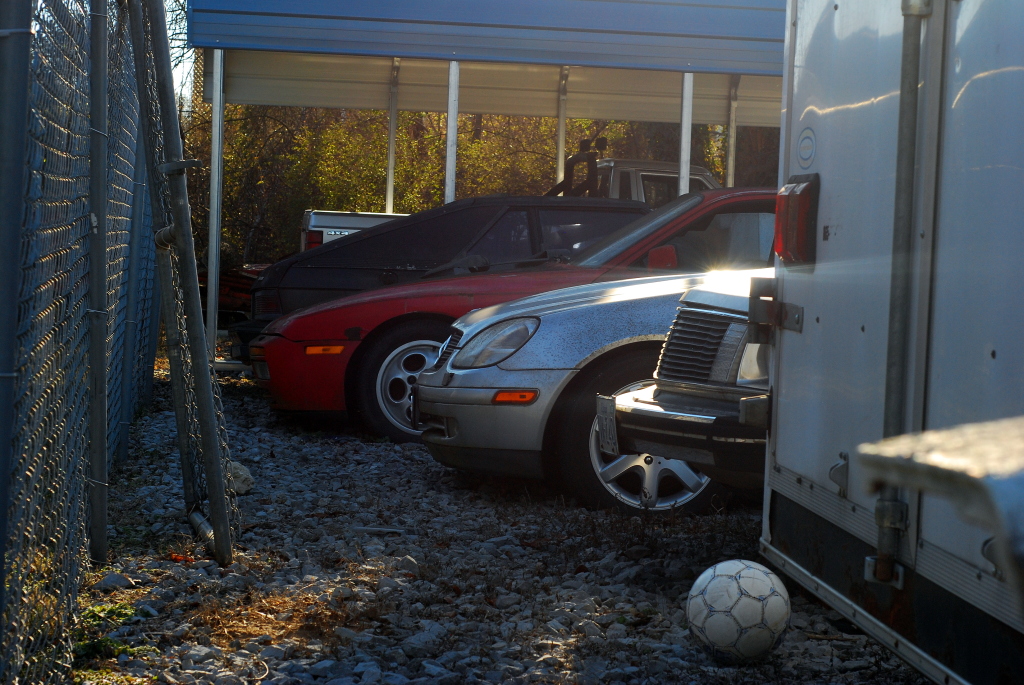
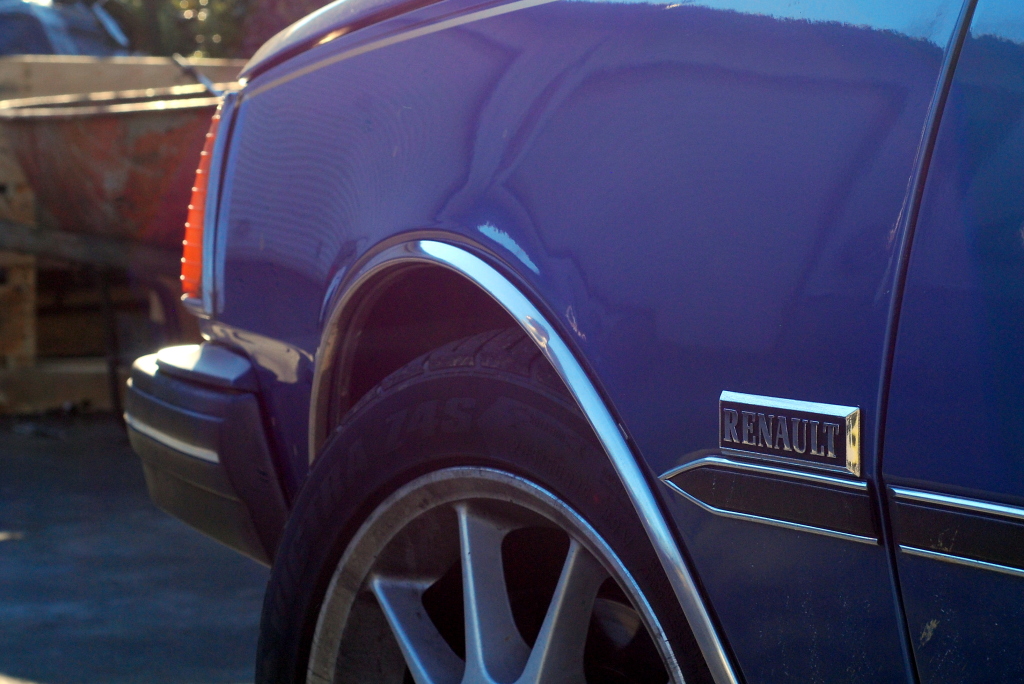

Marty is a fast talker with a slight southern accent. He doesn’t make much eye contact, as though he’s visualizing every story he tells you. And, he has a lot of stories.
His Dodge Rampage sports a Kia V6 engine swap, which he chose over the similar Mitsubishi due to the fact that Koreans drive on the same side of the road as Dodge engineers, and consequently mount their engines on the same side of the transaxle. Not only was it a winning autocross car, but at a national event, he was approached by some Chrysler R&D folks, who like the dual exhaust cut-outs in his deceptively quick Rampage’s bumper. They got his contact info, and a year or so later they emailed him to tell him that he should look for a piece of his Rampage on all future Chrysler trucks.
A former Renault Alliance Cup driver, Marty drives a Renault 18i wagon to his shop most days; his shop hand drives a Renault Alliance GTA. Marty is quick to portray the 18i as an advanced car for its time, and it was, with a turbocharged and intercooled 4-cylinder with EFI and knock detection in 1981. And, as an Alfa guy, or really an 80s car guy, I was intrigued by the lack of valve stem seals – Renault just raised the valve guides high enough to keep oil from running down into the combustion chamber. It’s not enough to eliminate all smoke in hard cornering, but the trade-off of never having to pull a head (or jam rope in your spark plug hole) to replace valve stem seals seams worth it.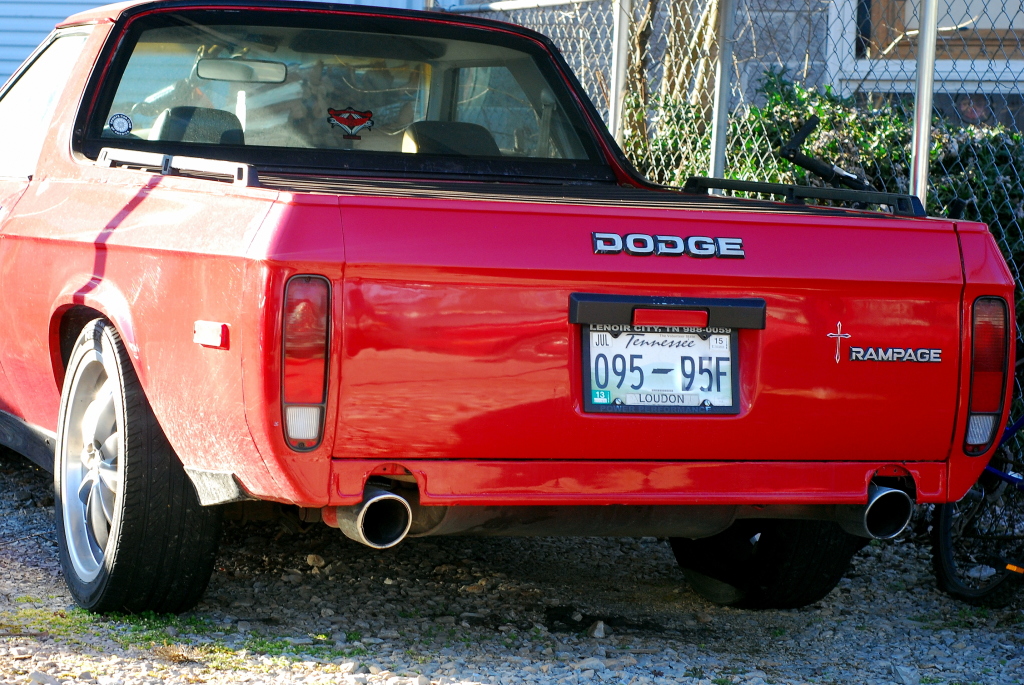
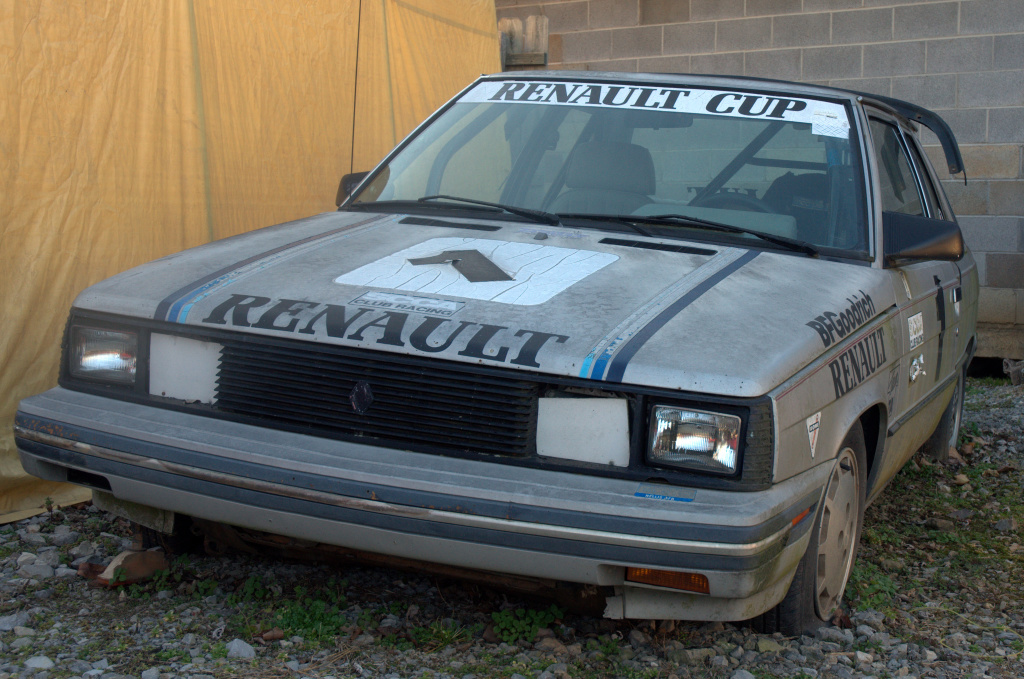
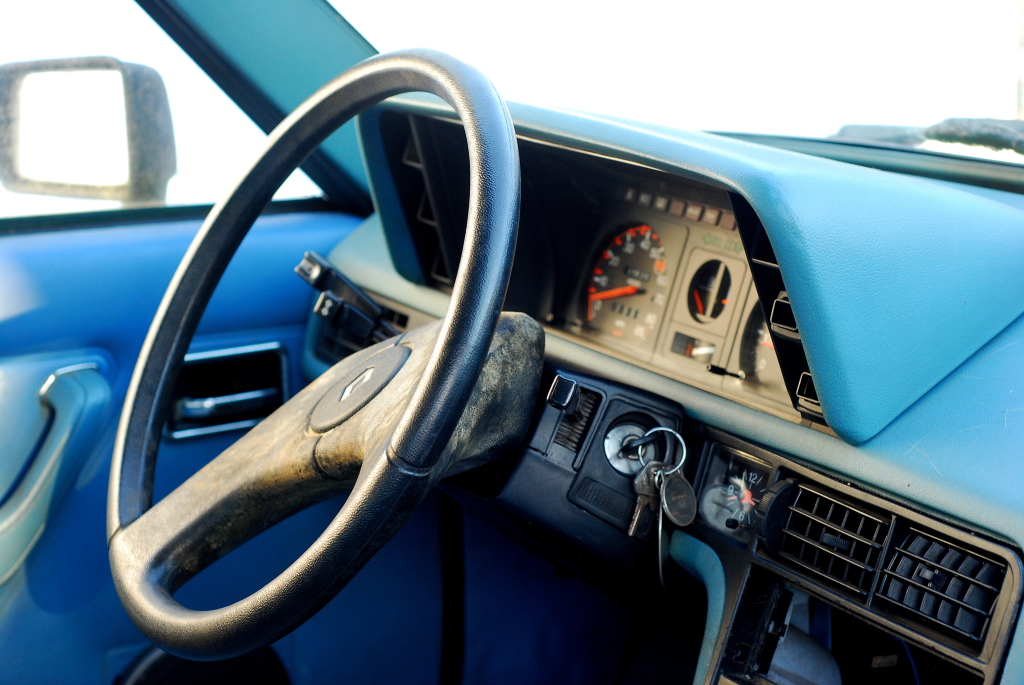
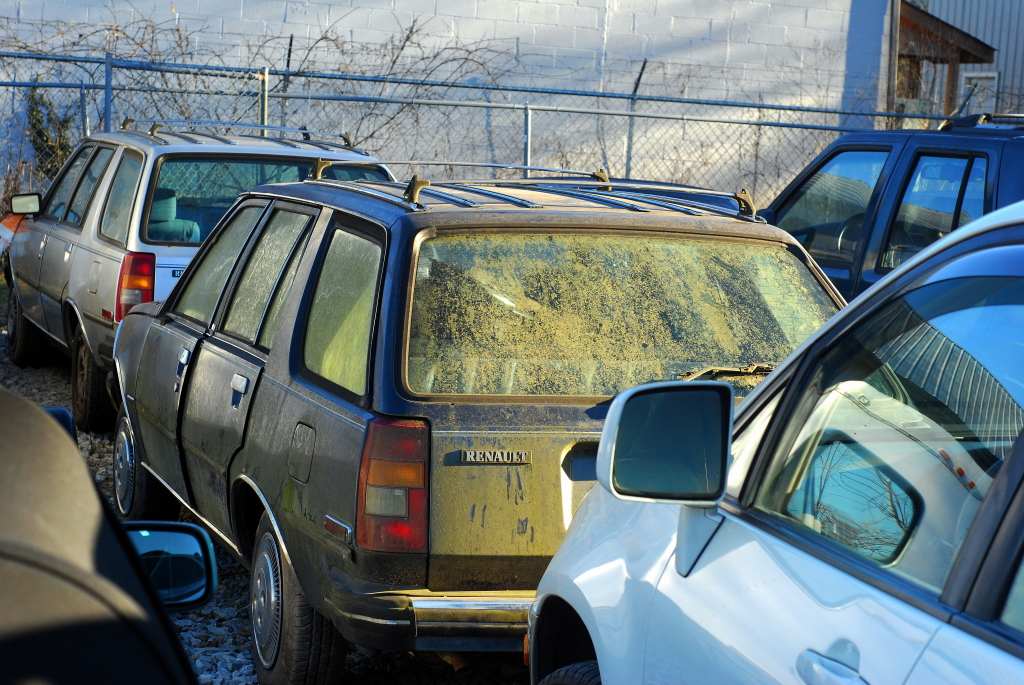
Speaking of Alfas, Marty isn’t too fond of them. Yes, Taylor bought a somewhat rare 24V Alfa V6 from him, and yes, he does have a rolled over GTV6 complete with dirt on the intake manifold, but after years of putting up with skipped timing belts, he’s over them. Bring up the 12V valvetrain design, and he’s quick to criticize the pushrod exhaust valve actuation for excessive valve guide wear. As for the timing belts, he’d like to see another idler between the 12V cam gears to get a bit more wrap – and we don’t disagree.
Mention any V6 Alfa to most car people and they will point out that the cars look good, or sound good, but that they’d never buy one out of fear for their poor reputation of reliability. Now, mention an 80s Maserati Biturbo, and they’ll get upset with you just for bringing it up. Marty likes them, and that’s why we like Marty. He’s even got two in his yard. He says that the early carbed cars are simple and reliable enough, with the only challenge being the cheap electronics and wiring. Well, wiring on a carbed car isn’t too complex, so color us interested. As for the rest of the cars, since they were actually produced on a respectable scale, suspension components were designed around the BMW e21 platform, making replacements rather convenient. Top Gear dislikes the Biturbo so much that they dropped a dumpster on one, but taking car advice from Top Gear is like taking music advice from Ryan Seacrest – you can, and most people will share your taste, but you aren’t really helping yourself.
With two Biturbos on the lot and enough parts to build one car, you’d think that Marty would put together a greatest common denominator of a car, but he’s more creative than that. See, his Fiat 1100 is in need of a drivetrain, and Marty prefers quick cars; he’ll be building a Fiat biturbo, and we’ll be back down to see it when he does.

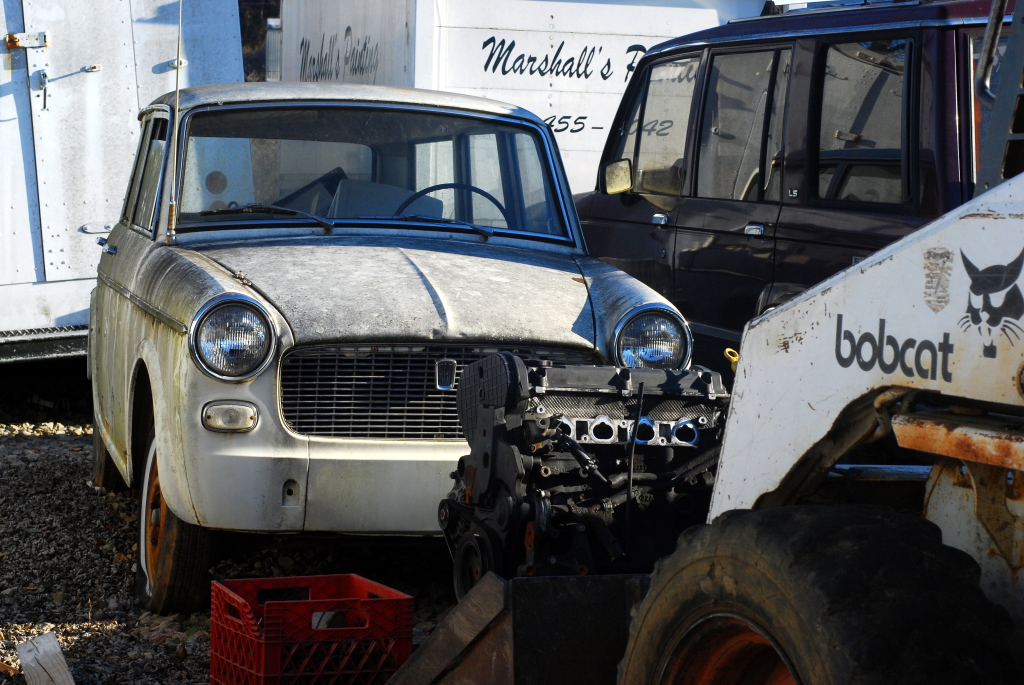
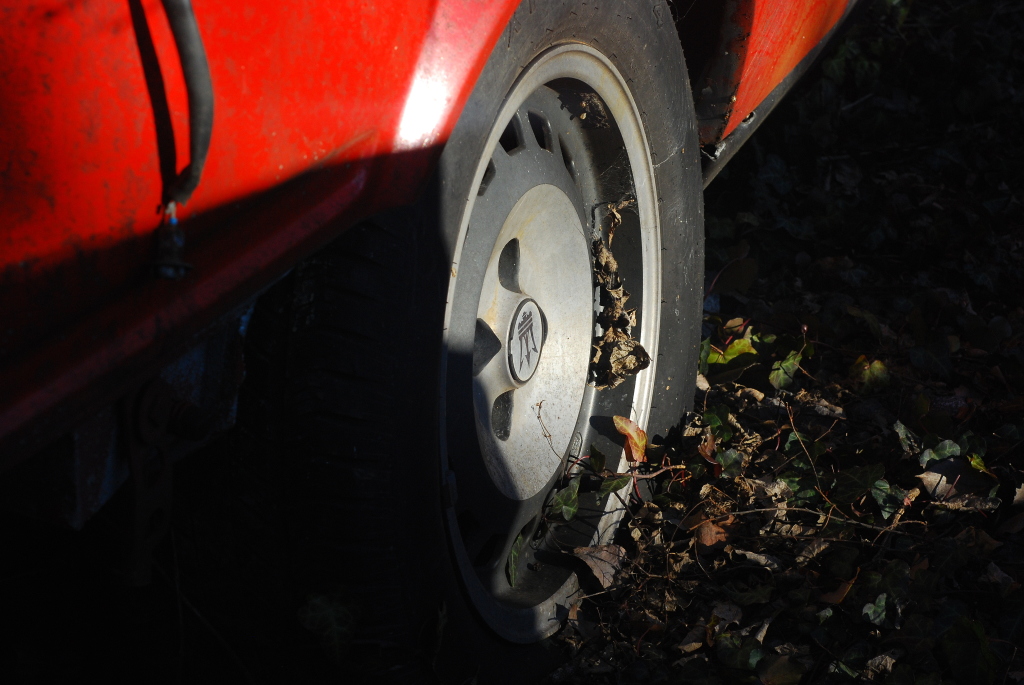
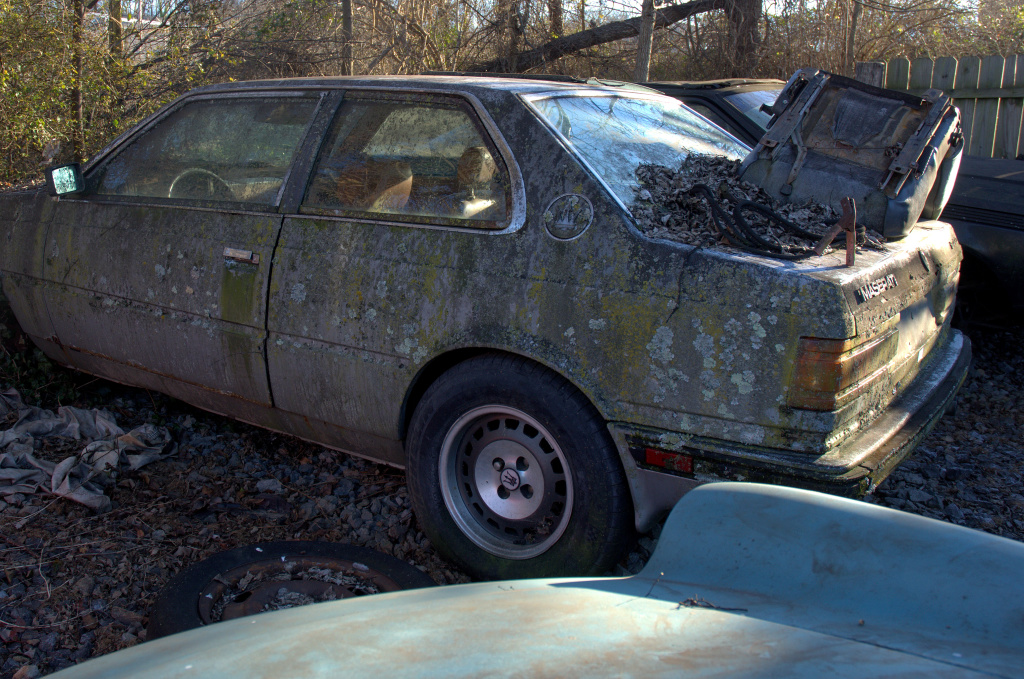

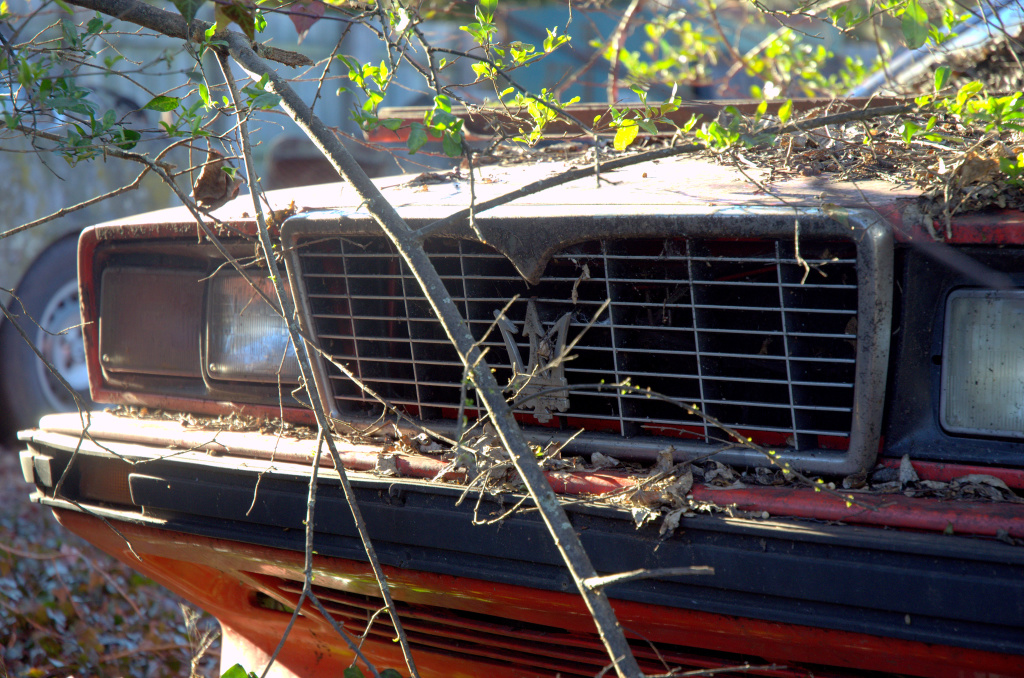
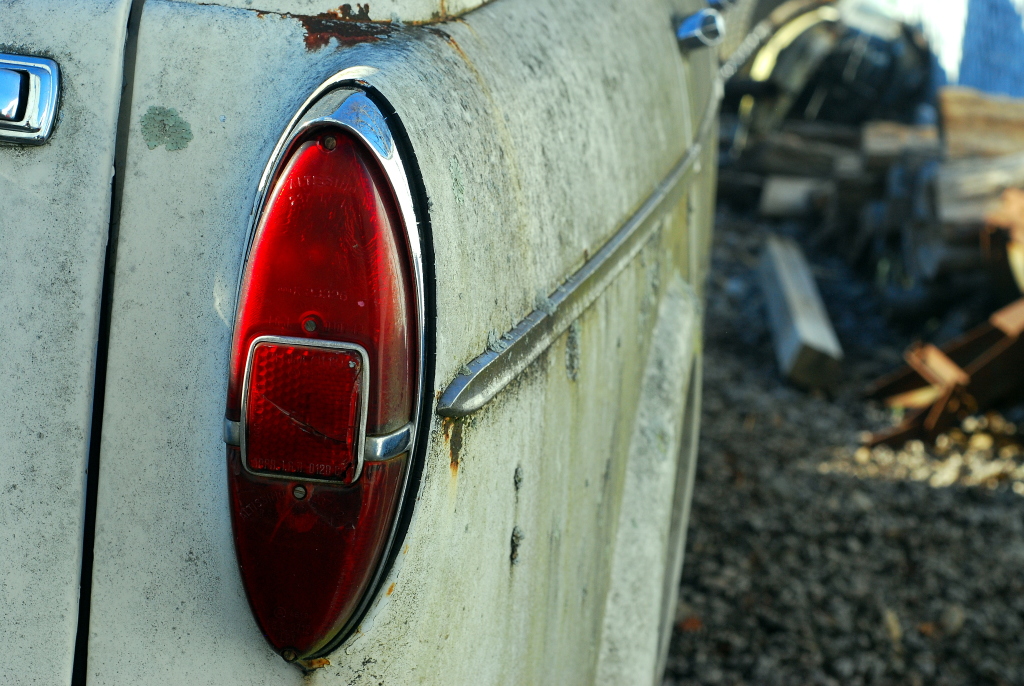 Not pictured is Marty’s favorite car – a Fiero with a supercharged Pontiac 3800 swap. A Pontiac 3800, with its hydrolock issues and sub optimal 90 degree angle doesn’t seem like the sort of powertrain that a Renault hoarder would covet. Fieros are, similarly, an acquired taste. But, losing pop-up headlights at 185 mph is an achievement that can be appreciated universally. And, Eastern Tennessee isn’t exactly land speed friendly – a testament to at least a modicum of high speed stability in the Fiero.
Not pictured is Marty’s favorite car – a Fiero with a supercharged Pontiac 3800 swap. A Pontiac 3800, with its hydrolock issues and sub optimal 90 degree angle doesn’t seem like the sort of powertrain that a Renault hoarder would covet. Fieros are, similarly, an acquired taste. But, losing pop-up headlights at 185 mph is an achievement that can be appreciated universally. And, Eastern Tennessee isn’t exactly land speed friendly – a testament to at least a modicum of high speed stability in the Fiero.
We like Tennessee car culture so far. It hosts the end of the Natchez Trace, the beginning of the Tail of the Dragon, and apparently, scads of tired but workable French and Italian iron.
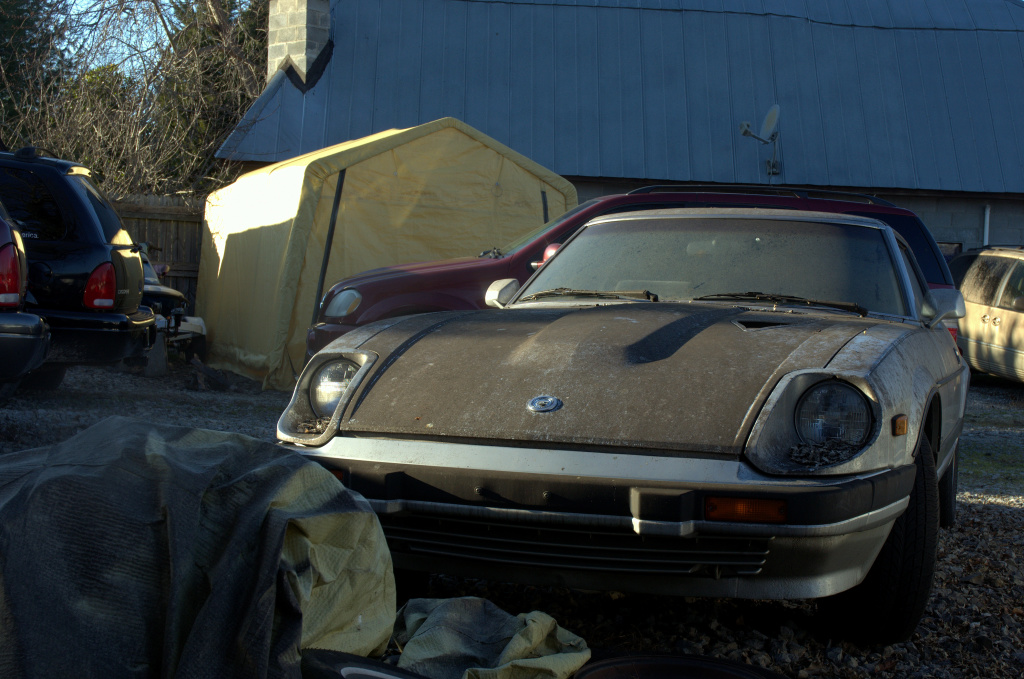
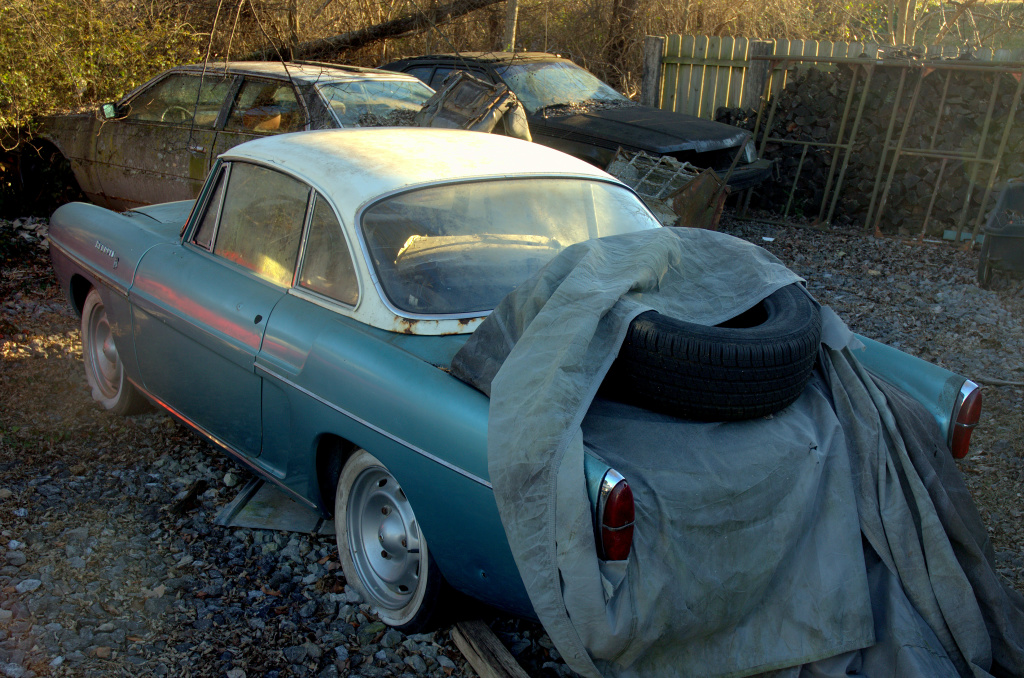

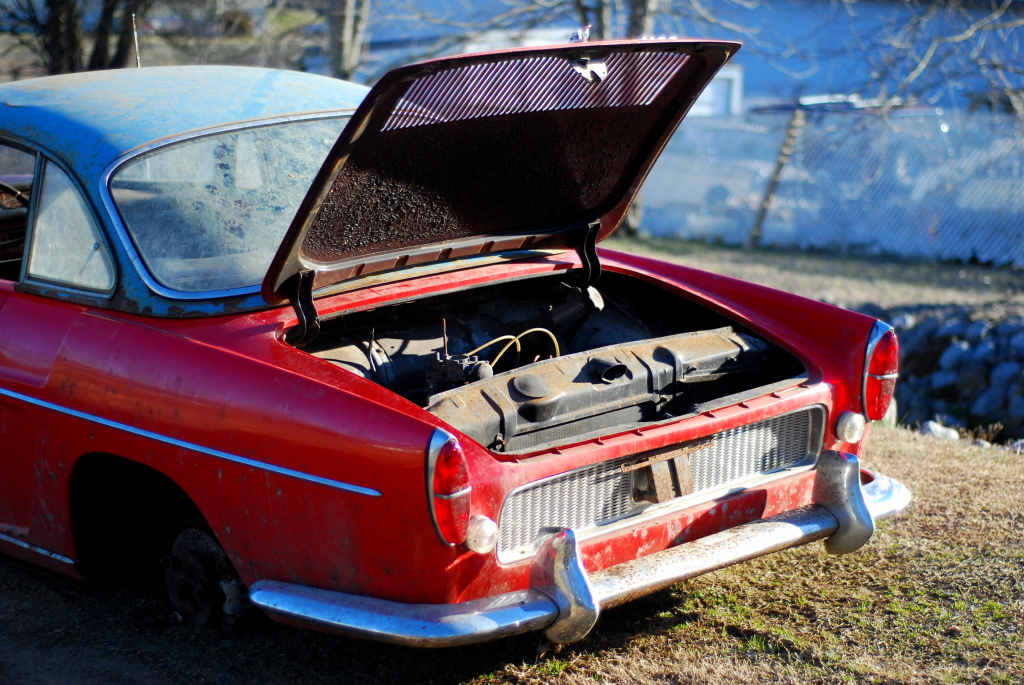


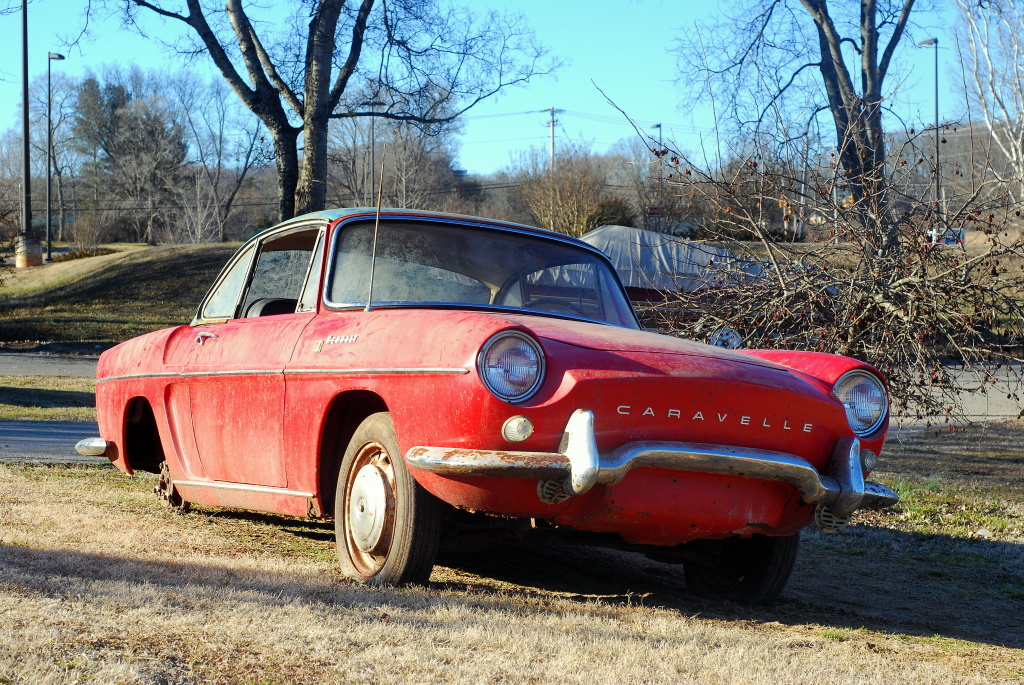
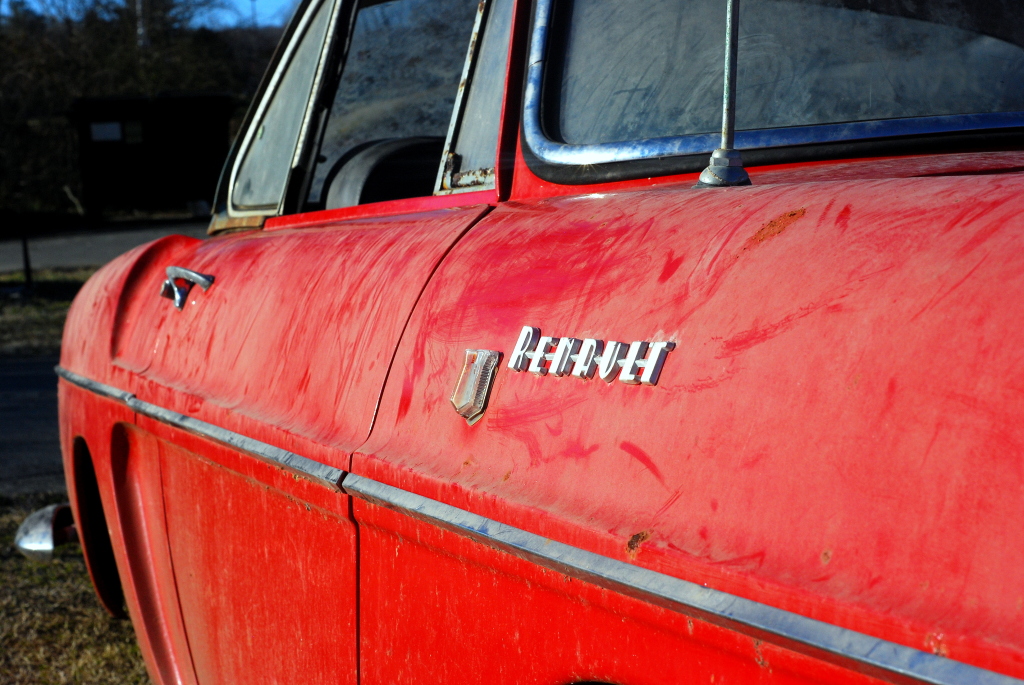
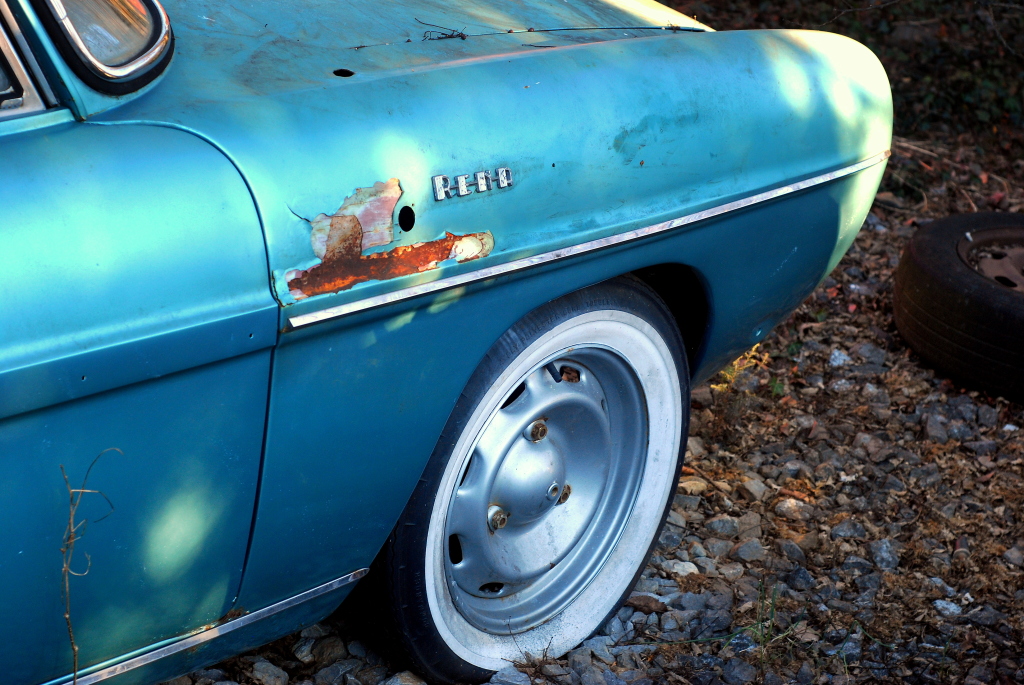

Hi!
is the blue renault 18i wagon for sale ???
THANKS
Hey – You’d have to ask Marty!